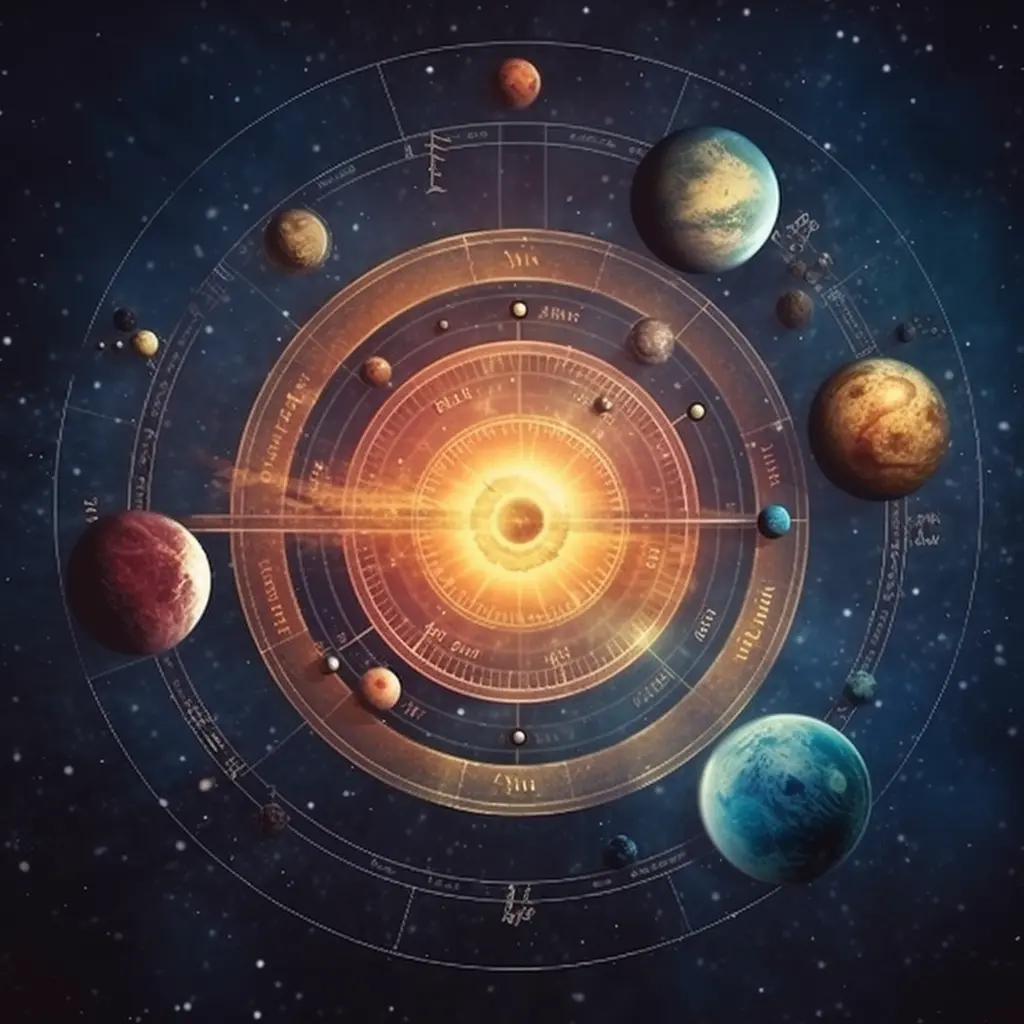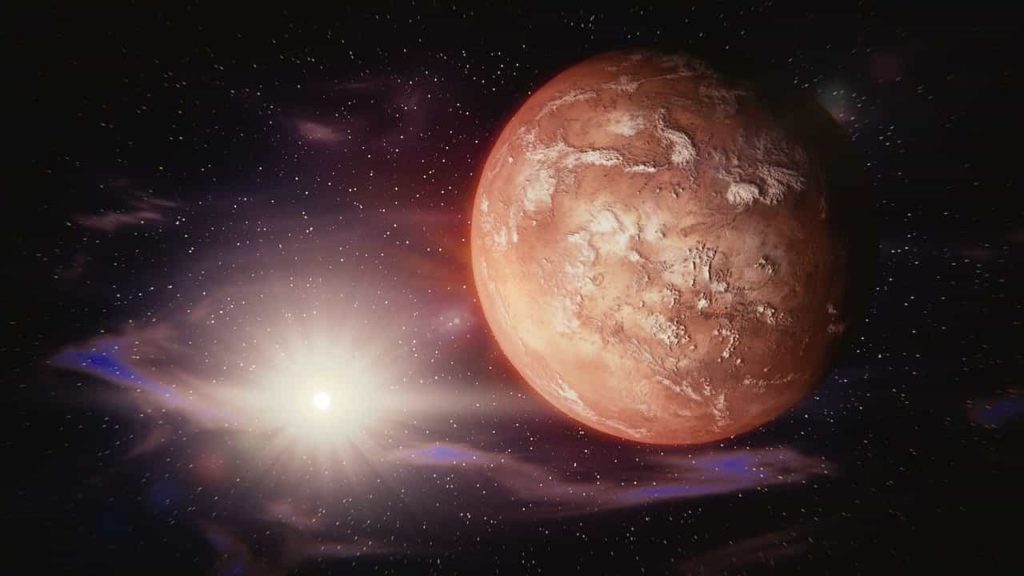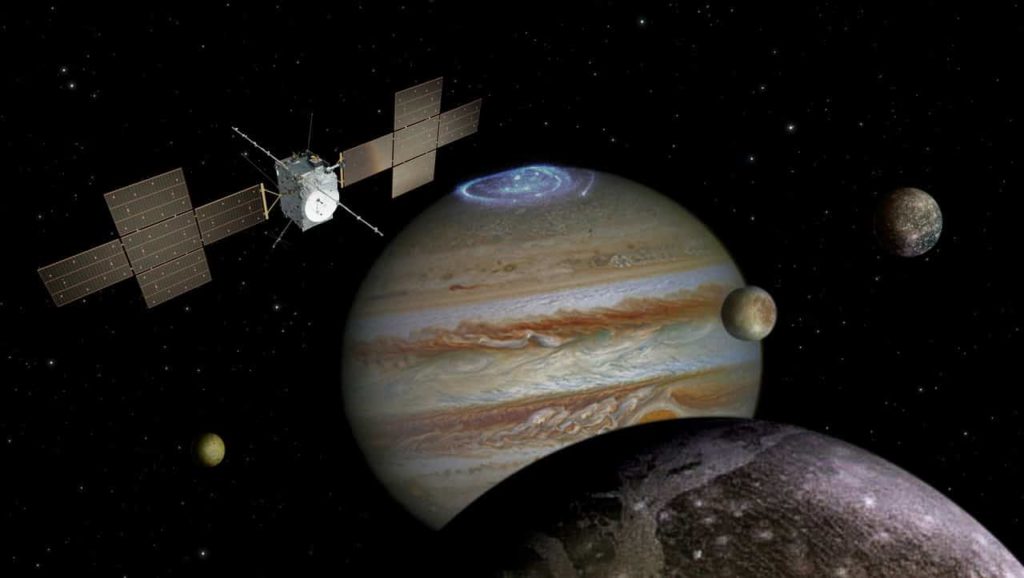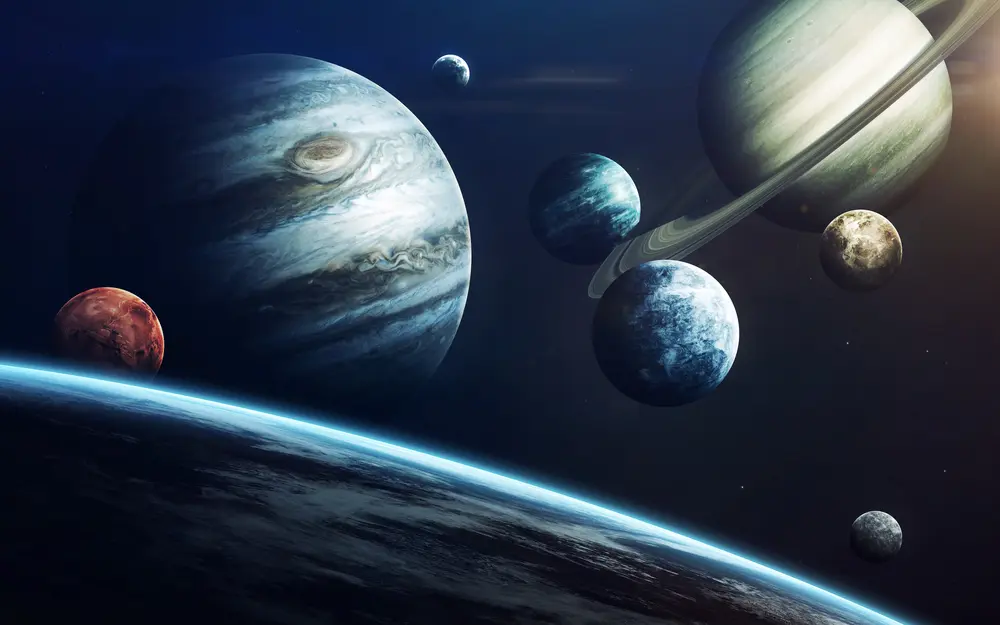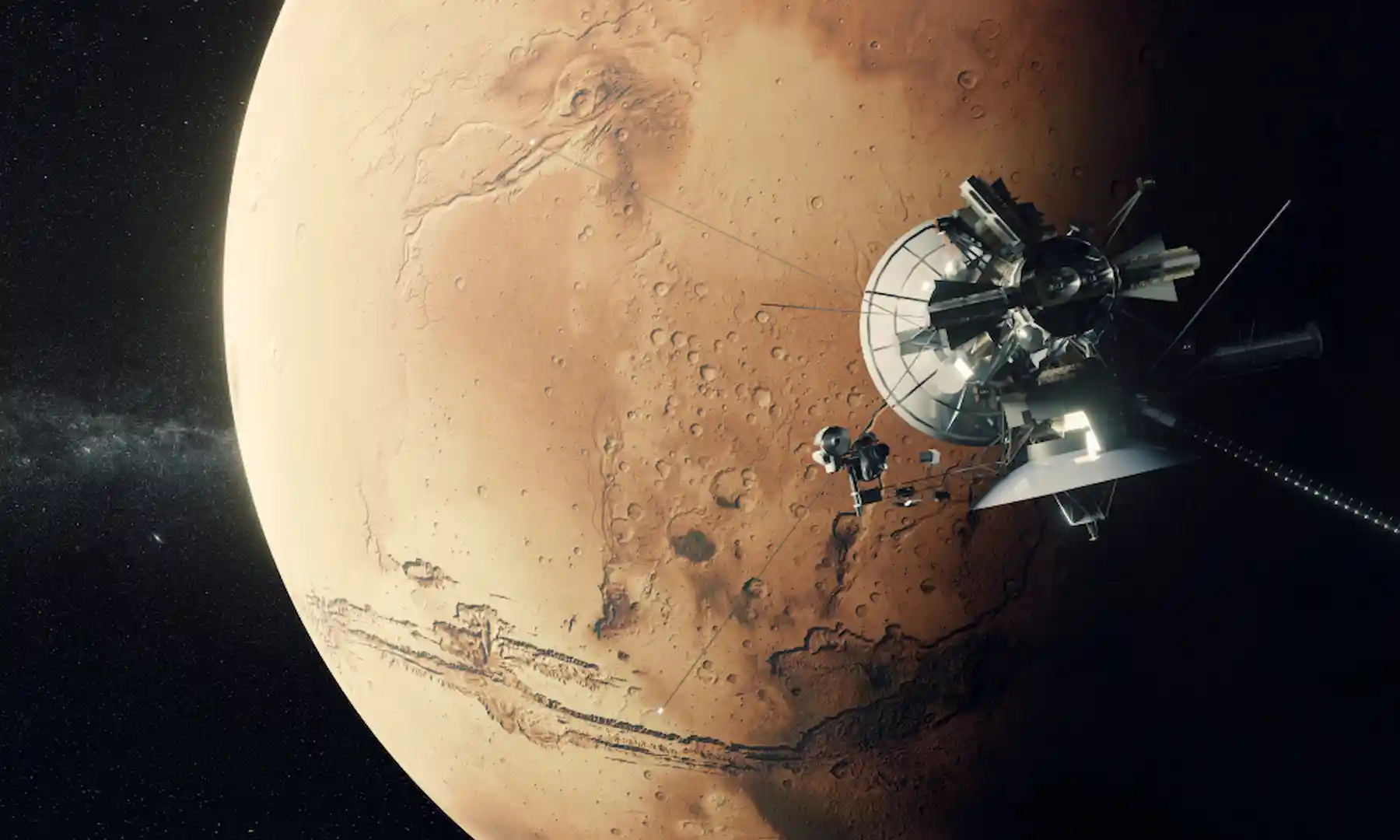
How long does it take to get to each planet?
Last Updated: September 29, 2023
Interplanetary spaceflights have come a long way since Venera 3, the first human-made object to make contact with another planet when it crash-landed on Venus in 1966. Since then, our robotic ambassadors have visited every planet in our solar system, each mission a choreographed dance adapting to the planets’ unique orbital paths.
But as we marvel at these astronomical achievements, we might find ourselves asking a seemingly simple question: How long would it take to reach each planet in our cosmic backyard?
Unsurprisingly, the answer is not set in stone. A planet’s position in its orbital dance can drastically influence travel time, and variables like speed, trajectory, payload weight, and fuel efficiency come into play as well.
If you’ve ever been intrigued by how much of space we’ve explored so far, join us as we delve into the various factors that dictate the time required to reach each planet in our solar system.
In Short
- Mercury: ~7 years (average)
- Venus: ~161.25 days (about 5.375 months) (average)
- Mars: ~128 to 360 days (varies per mission)
- Jupiter: ~3 years and 3 months (average for flybys); ~5.5 years (average for orbital missions)
- Saturn: ~6.5/7 years (for orbital missions like Cassini)
- Uranus: 8 years, 5 months (Voyager 2); 13.4 years (proposed for Uranus Orbiter and Probe)
- Neptune: 12 years (Voyager 2)
- Pluto: 9.5 years (New Horizons)
Trave time to Mercury
Mercury is the least visited planet in the solar system. To this day only 3 missions made it to the closest planet of the solar system: Mariner 10, MESSENGER and Bepi-Colombo.
- Mariner 10 took 147 days to reach Venus (4 months and 27 days).
- Messenger took 7 years to reach Mercury.
- Bepi-Colombo will take 7 years too, it’s currently 5 years into its journey.
Now you may think, why does it take so long to reach a planet that’s not that far away from Earth. Though Earth is on average ten times closer to Mercury than to Jupiter, missions to both planets can take a similar amount of time due to the complexities involved in entering Mercury’s orbit.
When approaching Mercury, a spacecraft speeds up due to its proximity to the Sun and needs to shed significant orbital energy to slow down. Achieving this using only thrusters would require impractical amounts of fuel.
Instead, spacecraft use gravity-assist manoeuvres, involving flybys of other planets, to alter speed and trajectory without consuming fuel. This technique, however, necessitates careful planning and multiple flybys, making the journey lengthy. Italian mathematician Giuseppe ‘Bepi’ Colombo pioneered the concept of using planetary flybys for trajectory alteration.
On average, it takes a spacecraft about seven years to travel to Mercury, become captured by the planet’s gravity, and enter a stable orbit around it.
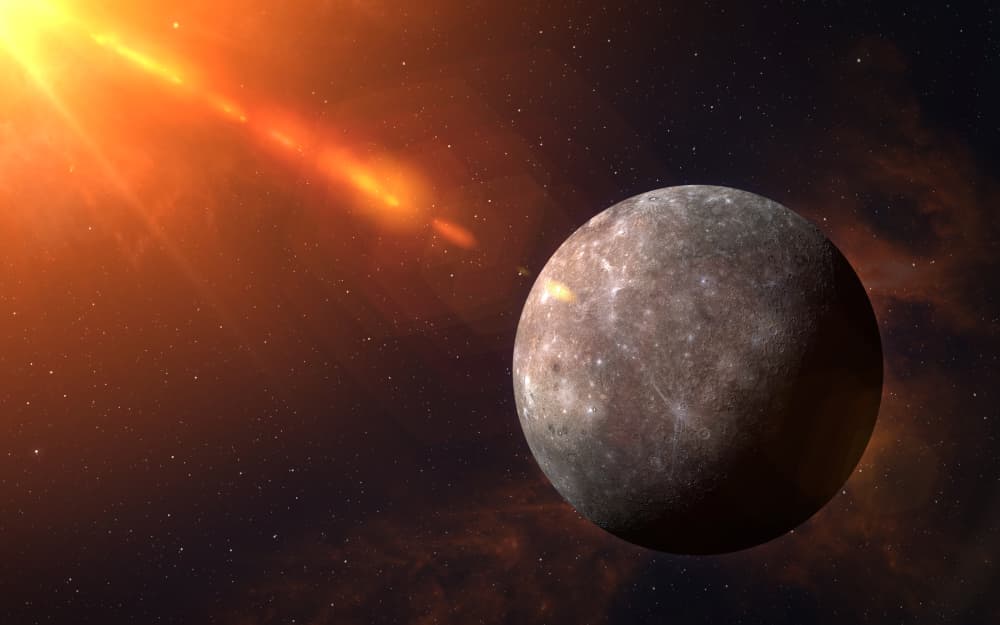
Trave time to Venus
With 46 space missions aiming to either flyby, land, impact or orbit Venus, it safe to say that Earth’s twin planet is a more popular destination for astronomers. To this day, it is the most visited planet by mankind and the first planet on which we have soft landed a spacecraft on (Venera 7).
| Mission | Launch Date | Arrival Date | Duration |
|---|---|---|---|
| Venus Express | 9 November 2005 | 11 April 2006 | ~5 months |
| Akatsuki | 20 May 2010 | 6 December 2010 | ~6.5 months |
| Venera 8 | 27 March 1972 | 22 July 1972 | ~4 months |
| Venera 9 | 8 June 1975 | 20 October 1975 | ~4.5 months |
| Venera 10 | 14 June 1975 | 23 October 1975 | ~4 months |
| Pioneer Venus 1 | 20 May 1978 | 4 December 1978 | ~6.5 months |
| Venera 13 | 30 October 1981 | 1 March 1982 | ~4 months |
| Venera 14 | 4 November 1981 | 5 March 1982 | ~4 months |
| Venera 15 | 2 June 1983 | 10 October 1983 | ~4 months |
| Venera 16 | 7 June 1983 | 11 October 1983 | ~4 months |
| Magellan | 4 May 1989 | 10 October 1990 | ~1.5 years |
| Venera 11 | 9 September 1978 | 25 December 1978 | ~3.5 months |
| Venera 12 | 14 September 1978 | 21 December 1978 | ~3 months |
| Venera 7 | 17 August 1970 | 15 December 1970 | ~4 months |
In order to estimate the time it takes to reach Venus, I examined data from only landers and orbiters and calculated an average time of 161.25 days or about 5.375 months.
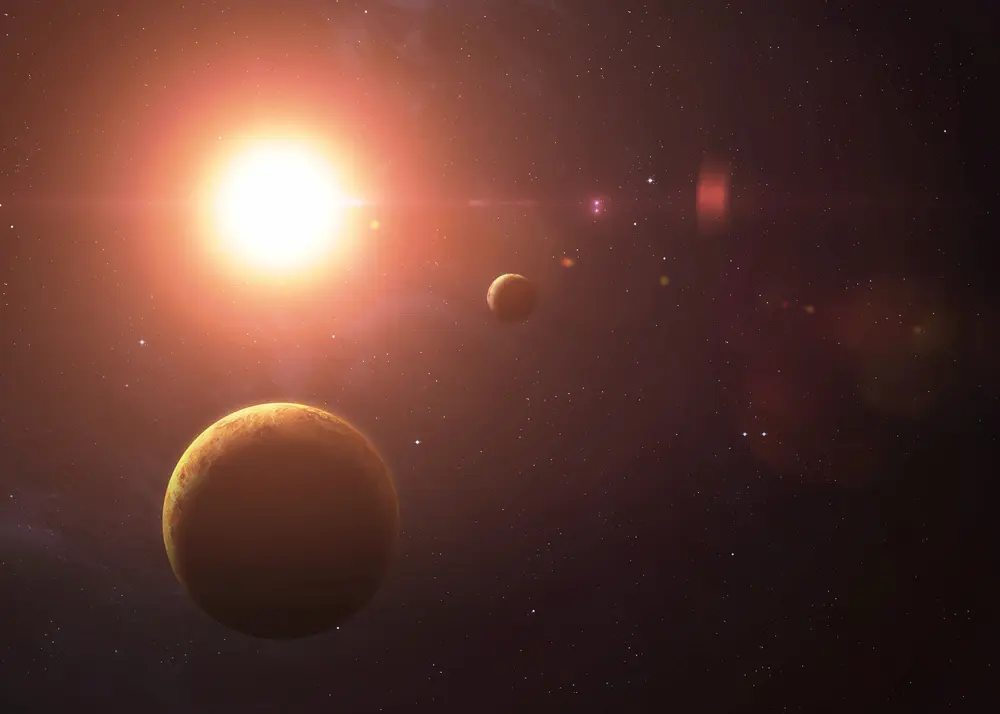
Trave time to Mars
The time it takes to get to Mars is influenced by various factors including the planets’ positions in their orbits, the spacecraft’s speed, and its trajectory. Both Earth and Mars have elliptical orbits, with Mars being an average distance of 140 million miles away from Earth. They come closest every two years at approximately 33.9 million miles apart.
The optimal window for launching missions to Mars occurs once every 26 months, and travel times for past missions have varied between 128 to 360 days, based on different launch windows and mission profiles. NASA estimates that, with current technology, a mission to Mars would take around nine months when the planets are properly aligned.
Flight time of past missions to Mars
- Mariner 4 (1964) had a flight time of 228 days.
- Mariner 6 (1969) got to the red planet in 156 days.
- Mariner 7 (1969) got to Mars in 128 days.
- Mariner 9 (1971) reached the red planet in 167 days.
- Viking 1 (1976) took on an 11-month cruise to Mars.
- Viking 2 (1976) had a flight time of 360 days.
- Mars Odyssey (2001) reached the dusty planet in about 200 days.
- Mars Express (2003) completed its journey in around 6 months.
- Opportunity Rover (2003) landed on Marse after 201 days spent in space.
- Spirit (2003) touched down in Gusev crater after traveling for 179 days.
- Mars Reconnaissance Orbiter (2005) took 210 days to reach its destination.
- Phoenix (2007) completed its travel to Mars in 295 days
- Curiosity (2011) touched down on the martian surface after a trip lasting 253 days.
- MAVEN (2013) entered the martian orbit after a 10-month trip.
- Insight (2018) reached Mars in 206 days.
- Perseverance, the latest rover to make it to Mars, did the trip Earth-Mars in 204 days.
More information here: How Long Does it Take to Get to Mars?
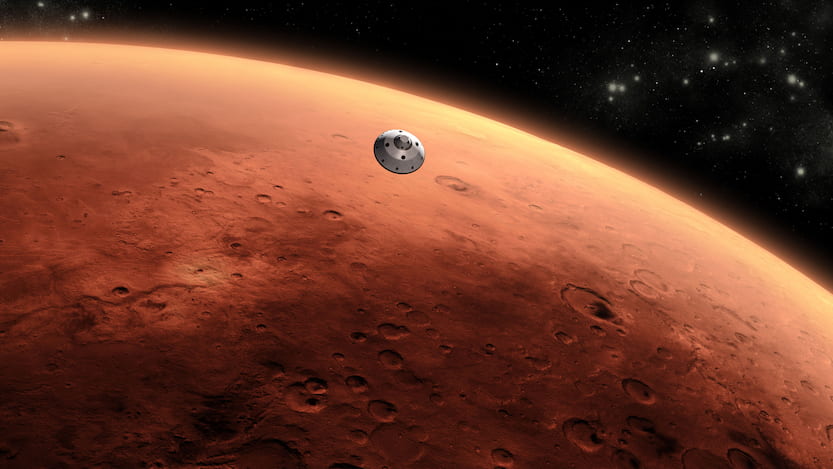
Trave time to Jupiter
Jupiter is, on average, about 484 million miles (778 million kilometers) away from Earth. This vast distance poses challenges in terms of propulsion, energy, and communication. Many missions to Jupiter used gravity assists from other planets (especially Venus and Earth) to increase their speed and save fuel.
This spaceflight maneuver allows a spacecraft to pass close to a planet and utilise its gravitational field in order to gain speed. Planning and executing these maneuvers adds complexity to the mission.
On average, based on all past missions, the average travel time to Jupiter is approximately 3 years and 3 months. However, the large majority were just flybys by spacecrafts going much further in the solar system.
Only 2 missions actually stopped at Jupiter so far: Galileo (flew for 6 years and 2 months) and June (flew for 5 years) so the actual time to reach Jupiter is closer to the 5 years and a half mark.
Flight time of past and future missions to Jupiter
- Pioneer 10 took 1 year and 9 months to reach Jupiter.
- Pioneer 11 journeyed to Jupiter in 1 year and 8 months.
- Voyager 1 arrived at Jupiter after a travel period of 1 year and 6 months.
- In 1 year and 11 months, Voyager 2 made its way to Jupiter.
- Galileo had a journey duration of just under 6 years and 2 months to Jupiter.
- The trip to Jupiter for Ulysses was completed in 1 year and 4 months.
- Cassini reached Jupiter in 3 years and 2.5 months.
- Juno had a voyage to Jupiter lasting just under 5 years.
- New Horizons set the record with a swift journey to Jupiter in just over 13 months.
- Juice, an upcoming mission, is projected to take approximately 7.5 years to Jupiter.
- Another future mission, Europa Clipper, is anticipated to reach Jupiter in approximately 5.5 years.
More information here: How long would it take to reach Jupiter?
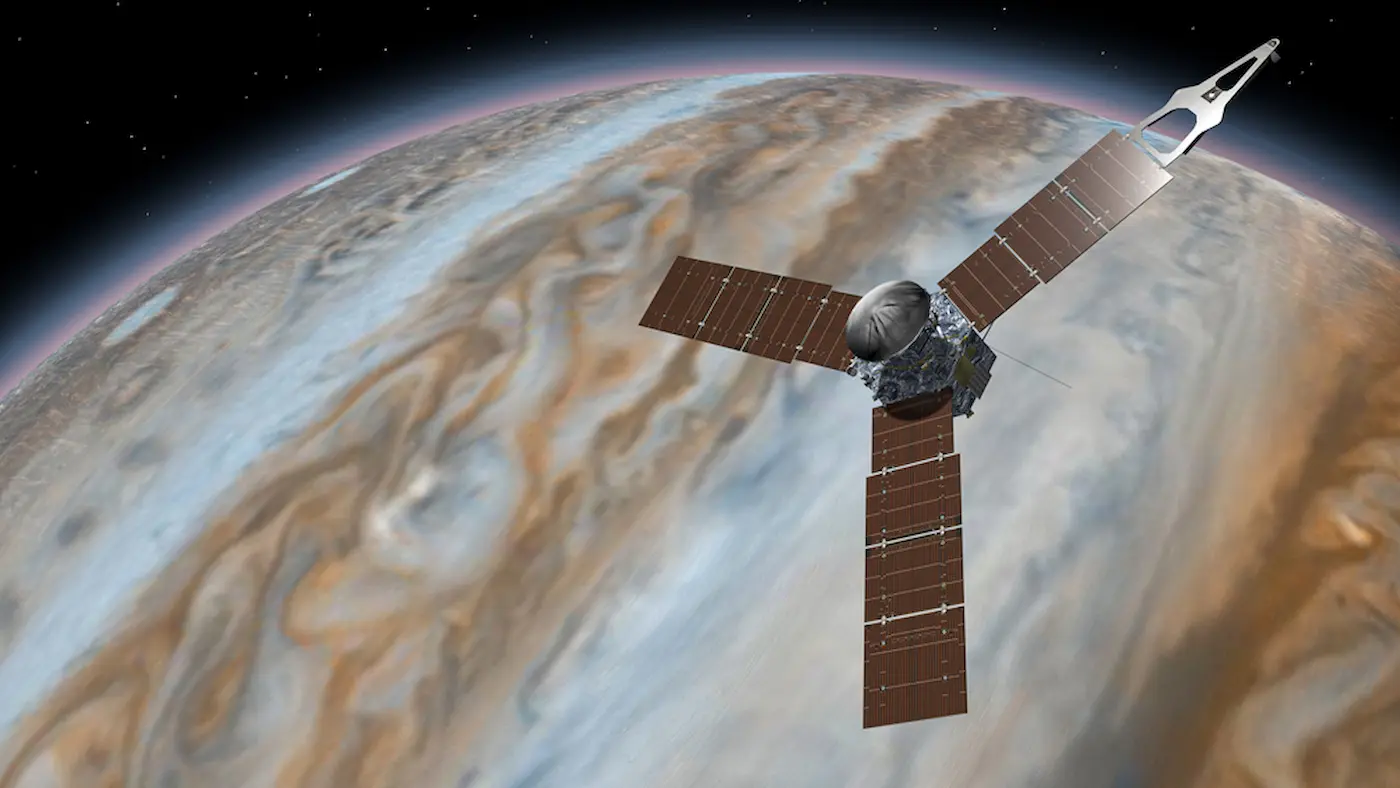
Trave time to Saturn
Imagine this: Jupiter is a staggering 778,600,000 km from the Sun, while Saturn lies even further at 1,433,500,000 km away. So, if you thought Jupiter was distant, you’d have to travel nearly twice as far to reach Saturn. And remember, Saturn is only the sixth of the eight planets in our solar system!
There have been 4 missions that have either included Saturn in their flight plan or had it as the final destination and one of note sped past it on its way to the edge of the solar system.
- Voyager 1: Launched on September 5, 1977, Voyager 1 reached Saturn in November 1979, taking approximately 3 years and 2 months.
- Voyager 2: Launched on August 20, 1977, Voyager 2 arrived at Saturn on August 26, 1981, taking around 4 years to reach the planet.
- Cassini: Launched on October 15, 1997, Cassini entered orbit around Saturn on June 30, 2004, taking nearly 6 years and 9 months for the journey.
- New Horizons: Launched on January 19, 2006, New Horizons crossed Saturn’s orbit on June 8, 2008, which is approximately 2 years and 4 months after launch, although it didn’t specifically study Saturn.
Three of the aforementioned spacecrafts executed flyby trajectories past Saturn, with only Cassini undertaking orbital insertion around the ringed planet. So the most accurate time to reach Saturn is more likely to be around the the 6.5/7 years as it takes a considerable time to decelerate and manoeuvre a spacecraft to facilitate gravitational capture by the planet.
More information here: How long would it take to reach Saturn?
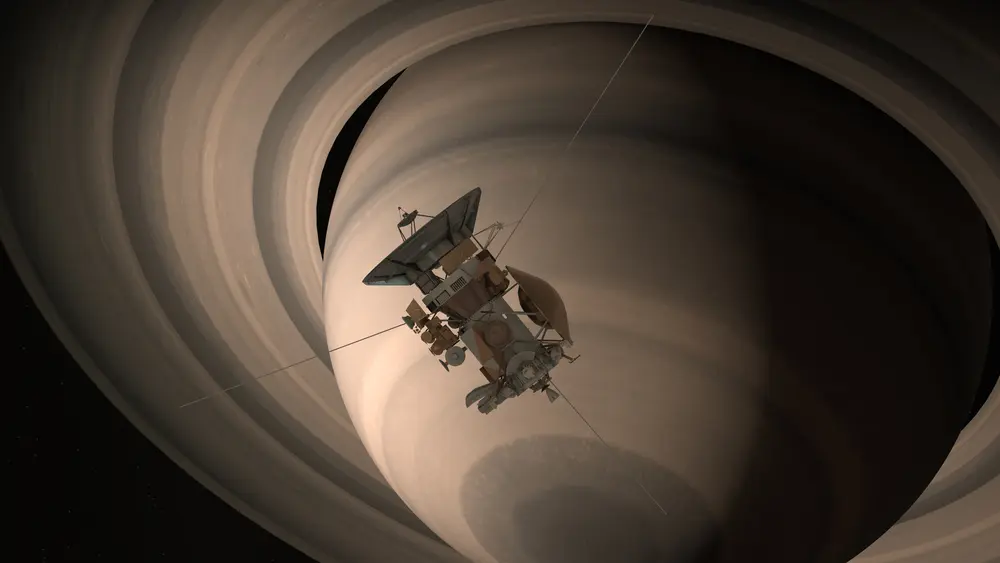
Trave time to Uranus
Only one spacecraft has visited Uranus: Voyager 2. The Voyager spacecraft (1 and 2) were created to perform a “Grand Tour of the Outer Solar System”. Due to budget and other concerns, the missions were whittled down, but still took advantage of a rare planetary alignment to study the outer solar system before heading into interstellar space.
From launch to flyby of Uranus was from Aug. 20, 1977 to Jan. 24, 1986 (eight years, five months) for Voyager 2, but it’s important to remember that it included a gravity assist from Jupiter and a unique line-up of planets that helped to greatly reduce the travel time.
The Uranus Orbiter and Probe is a proposed joint NASA and ESA mission to study Uranus, including deploying a probe into its atmosphere to gather data. The original proposed flight plan listed a launch date of 2031 or 2032 utilizing a Falcon Heavy expendable launch vehicle which would take 13.4 years to reach Uranus (in 2044 or 2045) utilizing a gravity assist from Jupiter. This mission is yet to be finalized and approved, as it is still in the conceptual stage.
More information: How long does it take to travel to Uranus?
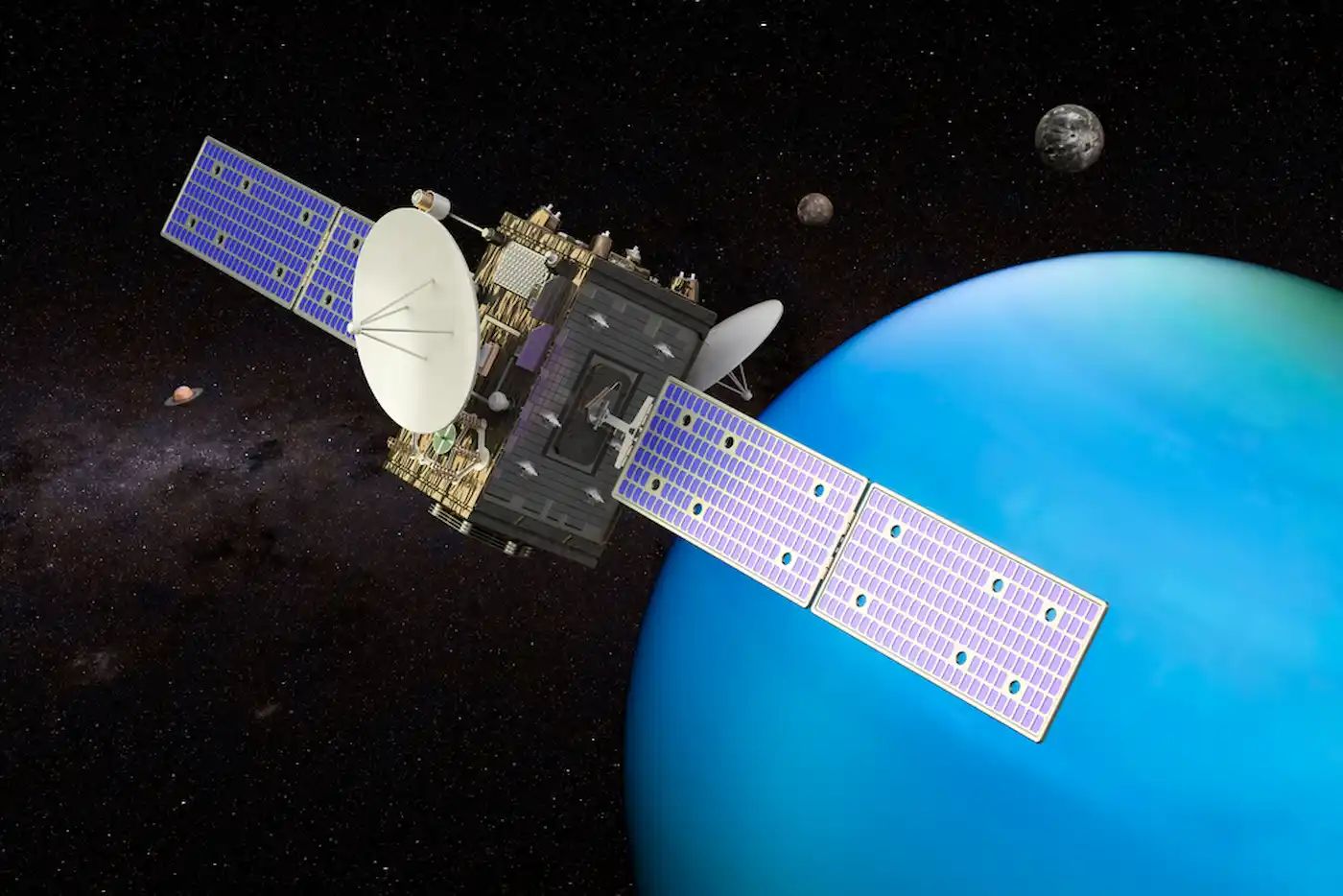
Trave time to Neptune
Similarly to Uranus, Neptune has yet to be the sole object of a space mission. The only spacecraft to ever cross paths with the cerulean planet, Voyager 2, took 12 years to reach it—requiring an additional 3 years and 7 months of travel time from its Uranus flyby.
Regrettably, there are no space missions presently scheduled for the exploration of Neptune. Consequently, our only reference for travel duration to the distant planet is the 12 years taken by Voyager 2, which, notably, ranks as the fifth fastest spacecraft in history with a speed of 55,570 km/h (34,530 mph).
More Information: How far is Neptune right now?
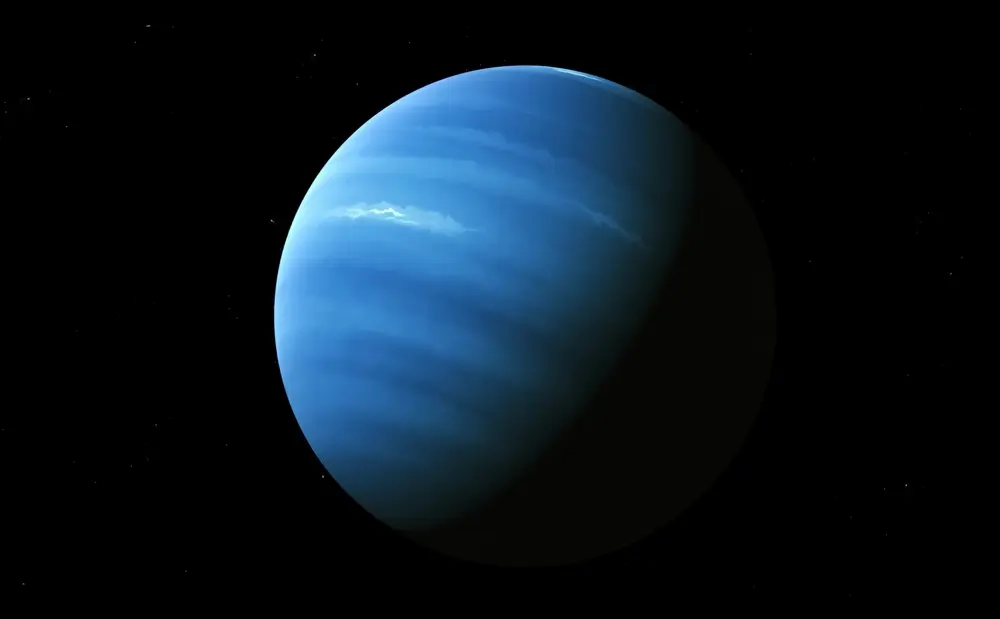
Trave time to Pluto
To the dismay of the International Astronomical Union (IAA), I still consider Pluto as something more than a dwarf planet. So I decided to add it to my list 🙂
Pluto is located at the very edge of the outer solar system and therefore has not been the target of space missions very often. Actually, only one spacecraft ever flew by it: New Horizons.
Traveling at a phenomenal speed of 57,936 km/h, New Horizon still took 9.5 years to travel the 5.05 billion kilometers / 3.1 billion miles that lie between Earth and Pluto! That’s seven times the distance to Jupiter and 3 times the distance to Saturn!
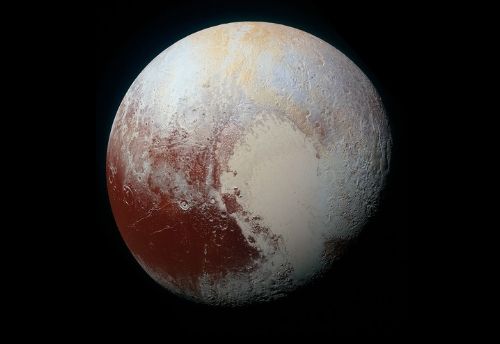
Bottom Line
The journey to each planet in our solar system presents a unique set of challenges, from the relatively short jaunts to Venus and Mars, to the prolonged and resource-intensive missions to the outer giants like Jupiter and Saturn.
These timelines, governed by the laws of physics, the capabilities of current propulsion technologies, and the planetary alignments, serve as both opportunities and limitations in our quest to explore the universe.
Projects like the development of nuclear propulsion or breakthroughs in theoretical physics could potentially revolutionize our approach to space travel, radically altering the timescales in ways we can barely imagine today.
Whether we’re considering robotic explorations or pondering the prospects of human settlement on distant worlds, the issue of flight time presents constraint that both challenges and inspires aerospace engineers to innovate and push the boundaries of what’s possible.

I’ve been fascinated by space and astronomy from a very young age. When I’m not watching space-themed documentaries, movies or TV series, I spend most of my free time in my backyard admiring the planets and galaxies with my telescope.
Wow! There's more to read 🚀
This page is part of our collection of astronomy articles. If you enjoyed the read, then you’ll love the following articles.
